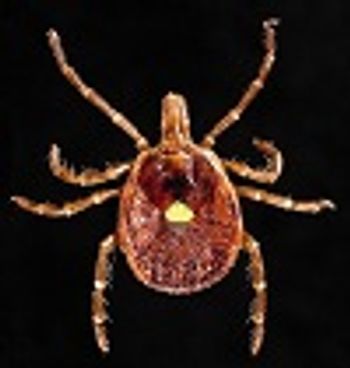
The results of a recent study suggest that the location of alcohol-based hand sanitizer stations in hospital entrances could influence visitor hand hygiene compliance.

The results of a recent study suggest that the location of alcohol-based hand sanitizer stations in hospital entrances could influence visitor hand hygiene compliance.

A recent case study adds to a small, but disturbing collection of reports describing the transmission of Ebola virus from mother to child through breastfeeding.

A recent review article may provide infectious disease specialists with an enhanced understanding of how to predict the outcome of current and future Chikungunya outbreaks.

The results of a recent research report offer new insights into the molecular mechanisms governing at least one aspect of genetic innovation in the mammalian immune system.

Treatment with SER-109 is considered to be effective in treating Clostridium difficile infection.

The risk of oral HPV infection significantly increases among men who recently engaged in oral sex, but not among women.

Because ARIs are common in infants and can negatively impact their health beyond infancy, simple and objective measures of the level of severity are necessary for clinical management decisions.

A lack of sufficient knowledge of the Zika virus necessitates efforts to expand our understanding of the virus itself, while at the same time developing effective countermeasures.

The extraordinary amounts of data generated in this systematic comparative genome analysis may prove to be an invaluable resource for those wanting to know how any bacterial species becomes pathogenic.

The authors also suggest that ophthalmic screening of all babies born in epidemic areas may not be necessary at this time.

Researchers from the National Institutes of Health found that PCR-based testing is the most effective diagnostic test to assist with case-patient management during Ebola virus outbreaks in malaria-endemic areas.

Thirteen different tick species collected from people in Texas were carriers of at least 1 of 3 different pathogens.

The tendency of injection drug abusers to share needles provides fertile ground for the transmission of HIV.